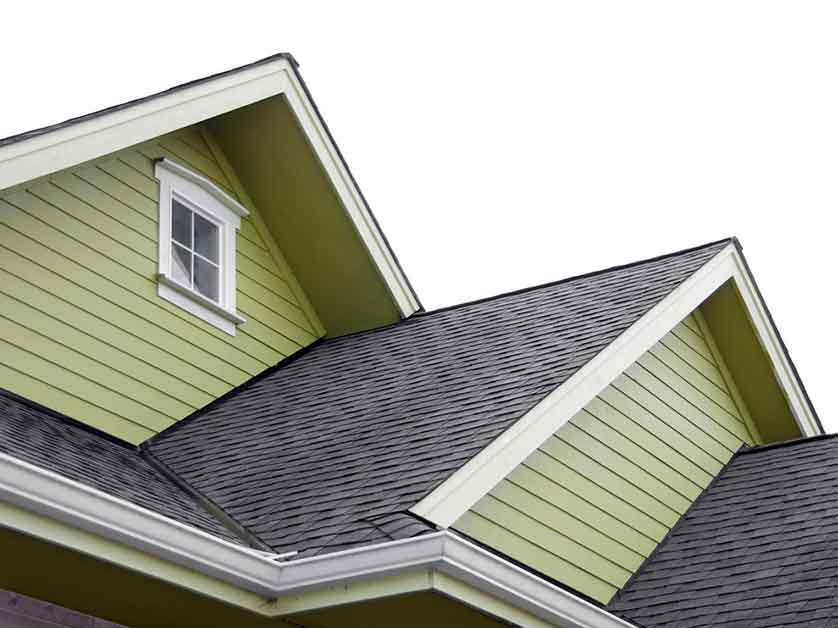The drip edge is a relatively small part of a roofing system, yet one that performs a crucial task: it helps prevent water infiltration at the roof’s edge. Some roofers may consider this an optional component, but trust us — it’s an important one. In today’s post, local roof replacement company Jack The Roofer takes a look at this key roofing component.
What Do Drip Edges Do?
To understand the role of drip edges, let us first take a look at flashing. These are strips of material that protect vulnerable areas of the roof, such as breaks on the roofing plane, and where the roof meets a wall or a chimney base. The base of vent pipes and similar protrusions are protected by rubber boots, which, while not made of metal, are functionally the same.
Drip edges are a type of flashing made of strips of metal with a profile shaped like an upside-down letter L. They are installed along the roof edge, just under the first line of shingles, and protects the roof edges from water infiltration caused by capillary action.
Types of Drip Edges
Drip edges, like most other types of flashing, are typically made of a non-corrosive metal like copper, aluminum or stainless steel, though galvanized steel is also widely used. There are also other profiles in addition to the inverted L-shape described above (also known as Type C): among these are a T-shaped profile (Type D), and an asymmetrical T-shaped profile with the longer side hidden under the shingle (Type F). It is common for roofers to use more than one type of drip edge profile depending on the roof.
Does Your Roof Need Drip Edges?
Since 2012, the International Building Codes have made drip edges a requirement — a fact that may get overlooked by an inexperienced roofer, or one that does not keep their skills and know-how up to date. Without drip edges, the roof would be at a greater risk of moisture infiltration, which can result in damage to the roof deck. Since moisture damage on these parts are not readily visible, it can happen sight unseen to the point that the affected areas would be beyond repair. Drip edges work as a preventative measure and may even save you from unplanned roof repairs or replacement.
To learn more about the benefits of drip edges, give Jack The Roofer a call at (720) 722-2255. You can also fill out our contact form to schedule an appointment. We serve Castle Rock and Parker, CO, and the surrounding communities.

